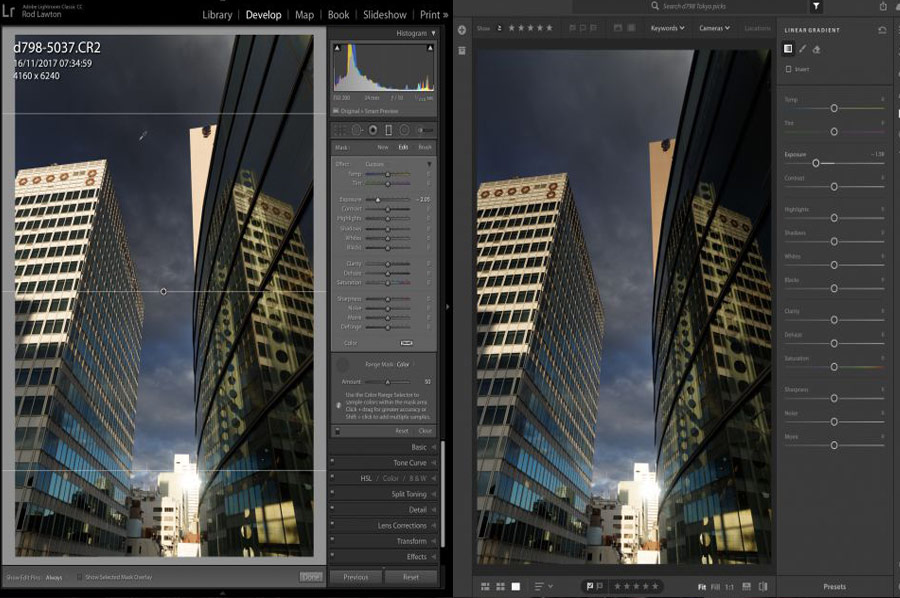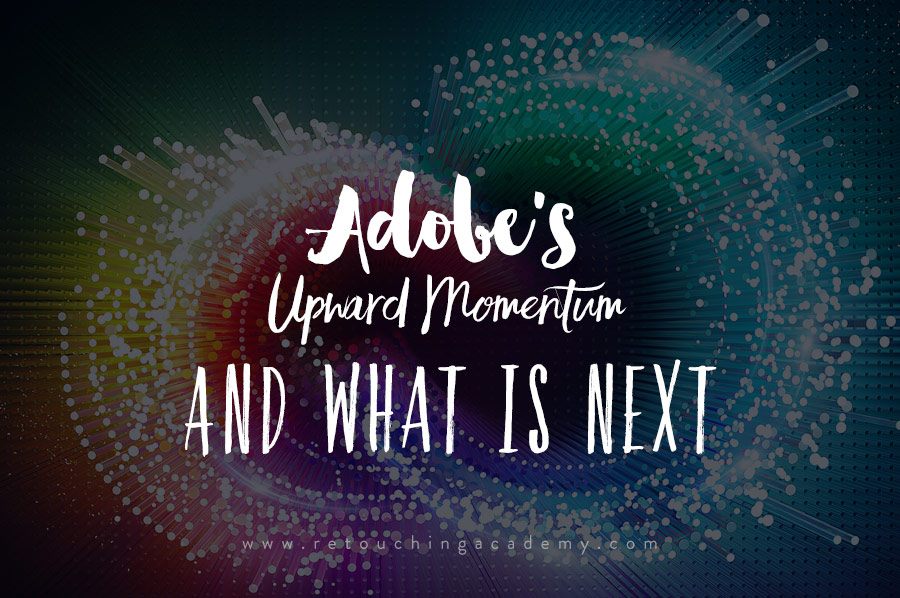If you have been a loyal Adobe Lightroom user, you probably already know that Adobe discontinued perpetually licensed Lightroom 6 in 2017, and most likely support for it will eventually be dwindling too. If you are not planning to make a jump to Capture One, you will now have to get on with the Adobe subscription and have two Lightrooms to choose from, since Adobe split the old Lightroom CC into two options.
Your choice when upgrading now is between the trend-setting new version of Lightroom CC on the cloud, and the more lightweight Lightroom Classic that resides on your computer. Before you jump for the cheaper Classic @$9.99 a month, let’s see what more you could get if you stretched your hand deeper into your pocket.
Subscription Options
Louise Myers helped us out with this simple summary:
• The Photography Plan @ $9.99 monthly includes Photoshop, both Lightroom versions, but only 20 GB storage on the cloud. This lets you carry on more-or-less as before, with the bonus of playing around with Lightroom CC. However be warned, with today’s file sizes you will soon use up the 20 GB.
• Alternatively, you could opt for the Lightroom CC plan, with 1 TB storage on the Adobe cloud @ $9.99 monthly. However, this comes at a cost. You trade in your rights to ‘bonus’ Photoshop license for the privilege.
• The Photography Plan With 1 TB @ $19.99 could buy you the best of both worlds with Photoshop: both Lightroom versions, and far more storage. If you have a large image library, you might need to spend an additional $9.99 monthly to access another terabyte. In the future, however, when you decide that you need even more storage, this will get expensive.
Practical Differences
Here’s a summary of the most important practical differences on your desktop:
1. Which Way to Go With Storage Media
Your images are on the Adobe cloud with Lightroom CC, meaning they are theoretically as ‘safe as houses’. The format remains the same, regardless of how you access them, and you can store them locally too if you like. This can be a handy way to keep your current work, so another case of ‘best of both worlds’ perhaps.
However, Lightroom Classic is only half as good as this. The default storage is on your computer or another drive. Of course, you could also store your images on the Adobe cloud, but these would only be low-res previews in particular collections in your image catalog.
2. Editing and Synchronizing Images
Lightroom Classic readily synchronizes with Lightroom Web and Lightroom Mobile, but the images are lower res than in DNG smart preview mode. This should be sufficient for onscreen viewing / editing, as changes save on your parent desktop. That said, you may find Lightroom CC more flexible if on another computer or mobile device, because your images are on the cloud and you can access them from anywhere.
3. The Visual Differences Are in Workflow
One of the first things you’ll notice is Lightroom CC does away with the different modules for various phases in workflow. This is great if you can adapt to organizing and editing in a single window. However, if you prefer things the way they used to be, you will definitely miss your separate modules for book, library, map, and slideshow.
4. Photo Filtering and Finding Later
We’ve always admired Lightroom Classic for its filter bar where dropdown menus help us find photos easily. We can filter by original / copy, color labels, flags, ratings, and so on. For a reason that escapes us, Adobe chose to attenuate the options. Flag, rating, and photo / video are still there, but we could only find camera, keyword, and location in metatags.
It would be great if Adobe fixed this.
The dual Lightroom Classic image organizer is also gone in Lightroom CC. This means users of the cloud-based system will no longer have the option of storing images in folders on hard drives, plus the option of arranging them in collections, smart collections and collection sets.
Adobe no doubt did its homework on this one, and many users will appreciate the cleaner, less cluttered look. Moreover, they will be able to use the albums facility as folders, although, as these are virtual they will not be able to cut and paste them to another media.
5. Keyword Searches
Keyword searching is a fundamental part of finding digital data. Lightroom Classic requires a formal approach following a planned keyword strategy. In this regard, Lightroom CC is streets ahead.
Users can tap in anything that strikes their fancy. In fact, they don’t have to tap in anything, because Adobe’s AI now includes the Sensei App.
To start a search, simply describe what you are looking for (e.g. ocean, mountain, beach etc.) and Sensei will return images containing these objects. This is a vital step forward in finding intellectual property, which might otherwise be lost in a cloud of confusion.
6. Outstanding Deficiencies in Lightroom CC
It is evident Lightroom CC is still rolling out, hence still short of some facilities in the Classic version. Moreover, Classic now has Photomerge allowing panoramas created from parallel frames, but this is strangely missing from CC.
Tone Curve and Split Tone were added recently, but Auto Mask, Camera Calibration, and Luminance / Color are still on a developer’s desk somewhere. The new version also lacks plug-in support too.
So, What’s Best, Classic or CC?
Adobe has done a great job of creating a simpler, nimbler, more pleasant interface with CC. They also offer unlimited cloud storage, albeit it a stiff price ($19.99 monthly comes to $239.88 for one terabyte per year). It is also missing 10% of the features professional editors arguably expect.
Adobe may regret choosing to make Lightroom CC available only with web-based storage. This opens them up to competitive counter offers. In the interim, many users may prefer Classic CC, especially as it’s more powerful as things stand.
Finally, web servers do go down. With Lightroom CC, image editors’ productivity may do so too.
Sources: Techradar.com, Louisem.com














